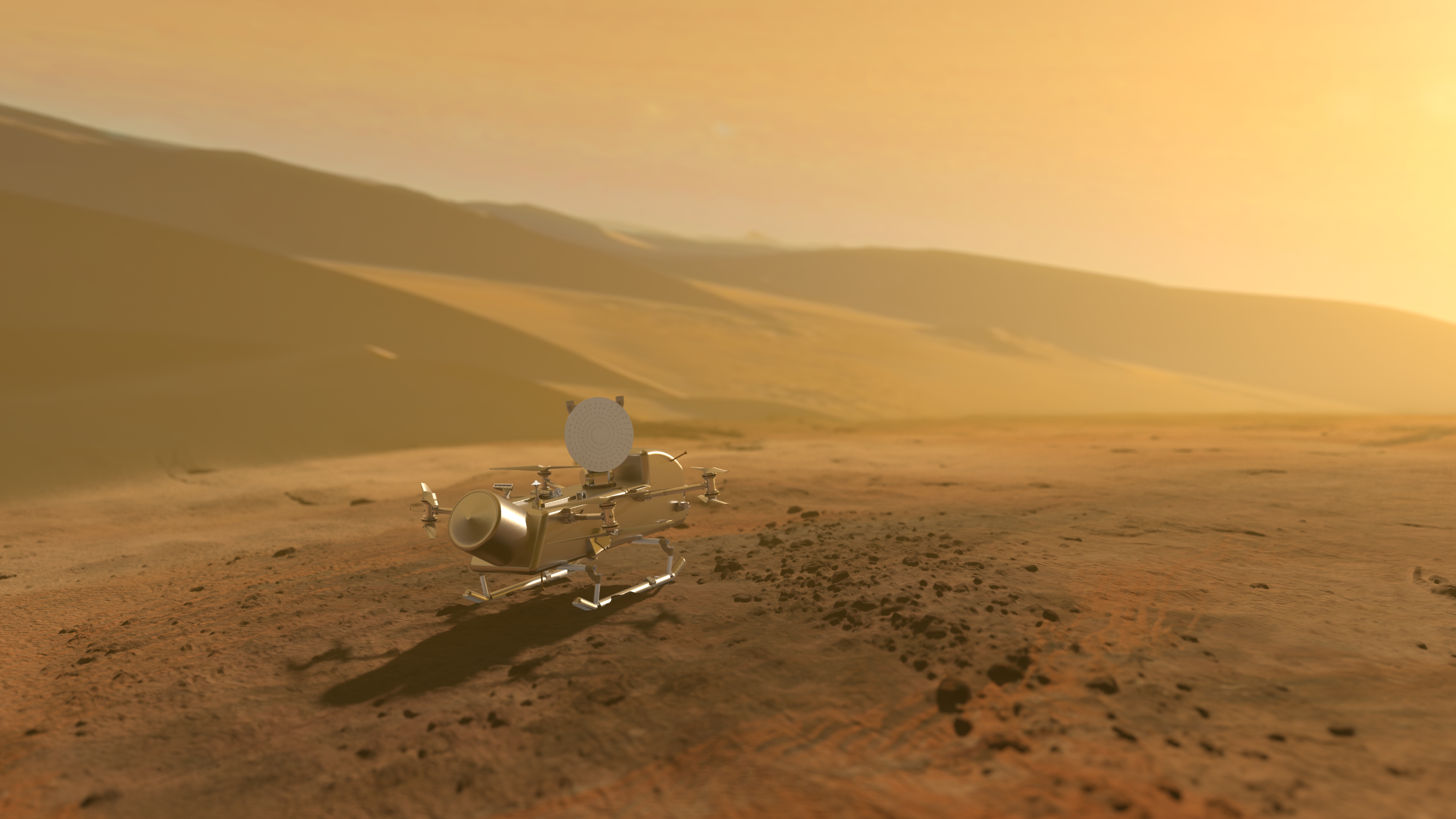5 min read
The most recent spacecraft telemetry was acquired on April 26 from the Deep Space Network tracking complex at Goldstone, California. The Cassini spacecraft is in an excellent state of health and all subsystems are operating normally. Information on the present position and speed of the Cassini spacecraft may be found on the "Present Position" page at: http://saturn.jpl.nasa.gov/mission/presentposition/.
Wednesday, April 20 (DOY 110)
A news release called “Cassini Sees Saturn Electric Link with Enceladus” is available on the Cassini web site. NASA is releasing the first images and sounds of an electrical connection between Saturn and one of its moons, Enceladus. The data collected by the Cassini spacecraft enable scientists to improve their understanding of the complex web of interactions between the planet and its numerous moons. The results of the data analysis are published in the journals Nature and Geophysical Research Letters. For more information on this subject and images link to: http://saturn.jpl.nasa.gov/news/newsreleases/newsrelease20110420/.
The S68 background sequence was uplinked today at 2011-111T02:46:00 over Goldstone’s DSS-14 station. S68 has been registered on-board the spacecraft and will start executing on Monday, April 25.
Thursday, April 21 (DOY 111)
This week in science the Optical Remote Sensing (ORS) instruments made two 5-hour Titan observations to track clouds and study seasonal changes in the methane-hydrocarbon hydrological cycle of lakes, clouds, aerosols, and their seasonal transport. These observations provide the best views to date of the region where significant surface changes were seen during the last quarter of 2010. The Radar instrument obtained distant Titan radiometer science and calibration data, and performed an engineering test of the diagnostic modes on the flight unit. The Composite Infrared Spectrometer (CIRS) performed an 8 hour stray light calibration measurement. Imaging Science (ISS) performed a pair of observations in its Satellite Orbit Campaign, observing the small moons Polydeuces, Pallene, Prometheus, Helene, Telesto, Methone, and Pandora. UVIS made an 11 hour observation of Saturn’s aurora to monitor variability and the footprint of Enceladus. The Cosmic Dust Analyzer completed a 44 hour interstellar dust observation.
Friday, April 22 (DOY 112)
Orbit Trim Maneuver (OTM) #281 was performed today. This was the cleanup maneuver following Titan 75 and setting up for the Titan 76 encounter on May 8. The Reaction Control Subsystem (RCS) burn began at 1:00 AM PDT. Telemetry immediately after the maneuver showed a burn duration of 35.5 seconds, giving a delta-V of 0.042 m/s. All subsystems reported nominal performance after the maneuver. The Navigation Team is in the process of re-converging the spacecraft orbit solution to determine if Orbit Trim Maneuver 282, scheduled for April 29, and/or OTM 283, scheduled for May 5, will be needed.
Saturday, April 23 (DOY 113)
Sixty-five campers braved 50 mile per hour wind gusts to attend a Saturn viewing party at the Mojave National Preserve on April 22 and 23. Cassini Outreach and friends of the National Preserve provided stunning views of the planet, its rings, and several moons for local desert residents, park interpreters, and friends from all over southern California.
Monday, April 25 (DOY 115)
The S68 sequence began execution today at 2011-115T16:03:00. The sequence will run for 69 days and conclude on July 3. During that time there will be two targeted encounters of Titan – T-76 and T-77, and two non-targeted flybys – Helene and Telesto. Six OTMs are scheduled, numbered 282 through 287. At the beginning of the S68 sequence, ISS observed the transit of Rhea across Dione and monitored Saturn for one and a half hours to monitor the giant storm. CIRS completed its 23 hour mapping of Saturn in the mid-infrared in order to determine upper troposphere and tropopause temperatures.
Reaction wheel #3 was taken off-line and wheel #4 brought back on today. Wheel #3 had been brought into use for the duration of the S67 sequence to provide an assessment of its suitability for long term use in the event of a failure of one of the other wheels. Wheel #3's performance was flawless in its support of the attitude control function, but some of the increased friction levels that led to the decision to take it off-line earlier were still evident. Analysis of the telemetry data acquired on the wheel's performance will continue.
Tuesday, April 26 (DOY 116)
At the Mission Planning forum today, the Navigation team presented a preliminary analysis of trajectory dispersions and uncertainties for the proximal orbits. The analysis showed the timing and position errors which may occur during these orbits. The science and engineering teams will use this information in doing their planning for the proximal orbits.
The most recent Cassini-Huygens Analysis and Results of the Mission (CHARM) teleconference was held today. The topic: "Titan: Dead or Alive", was presented by a NASA Ames Research Center Scientist. A PDF of the presentation package may be obtained at: http://saturn.jpl.nasa.gov/video/products/MultimediaProductsCharm/.
An audio recording of the presentation was made and will be linked to the same location within a few days.







